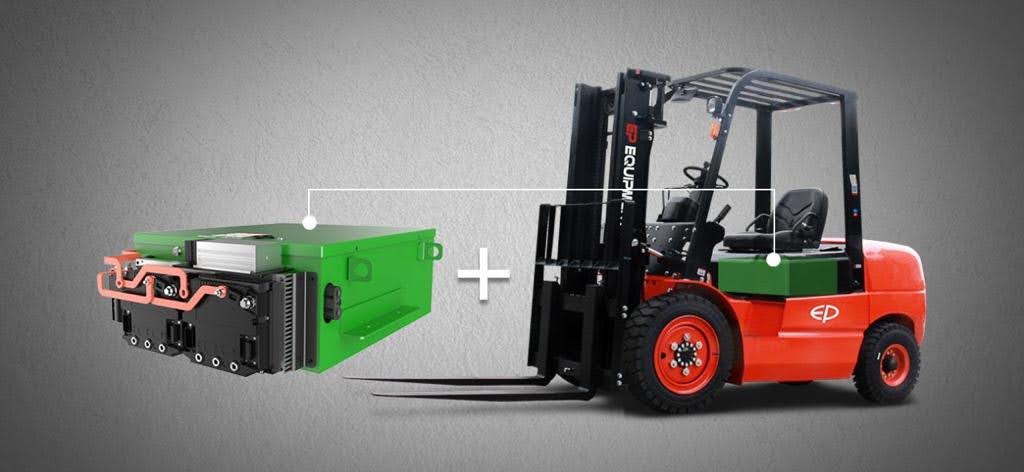“Lithium batteries will live second lives, making them more sustainable than we previously thought!”
Automakers and material handling companies are eying ways to reuse batteries before they're sent for recycling. Lithium electric cars, forklift trucks and warehouse handling equipment seem to have everything going for them: They don’t produce running emissions, they’re quieter than their fossil-fuel-powered counterparts and the underlying architecture allows for roomier and more ergonomic design. However, the humble lithium-ion battery powering these Electric vehicles often end up in a recycling facility.
Instead of sending batteries straight to recycling for raw material recovery — and leaving unrealized value on the table — Automakers and forklift truck manufacturers are finding ways to reuse batteries as part of a growing market.
That’s because the average electric vehicle lithium-ion battery can retain up to 80% of its charging capacity after being removed once the service life of the equipment is over. Often the lithium battery outlives the electric vehicle so the business proposition for second-life batteries is therefore intuitive: Before sending the battery to a recycler, automakers can potentially generate additional revenue by putting it to use in another application or selling it to a third party.
Low consumer uptake and the relatively recent introduction of EVs to the market has kept the supply of used batteries low, but due to the sudden uptake of lithium electric powered vehicles, manufacturers have begun to start second-life projects.
To name only a few such projects that have popped up in recent years, Nissan is using old batteries to power small robots; French carmaker Groupe Renault, with partners, is launching stationary energy storage systems made with old EV batteries; and Audi Environmental Foundation, the daughter organization of Audi AG, worked with Indian startup Nunam to build solar nanogrids out of used e-tron battery modules. BMW has used a “plug-and-play” concept with the batteries in its i3 model so that they can be easily removed and inserted into second-life applications.
It’s true, these batteries can live a second life, even when they no longer meet EV performance standards, which typically include maintaining 80 percent of total usable capacity and achieving a resting self-discharge rate of only about 5 percent over a 24-hour period. After remanufacturing, such batteries are still able to perform sufficiently to serve less-demanding applications, such as stationary energy-storage services. And, there’s profit in it too

